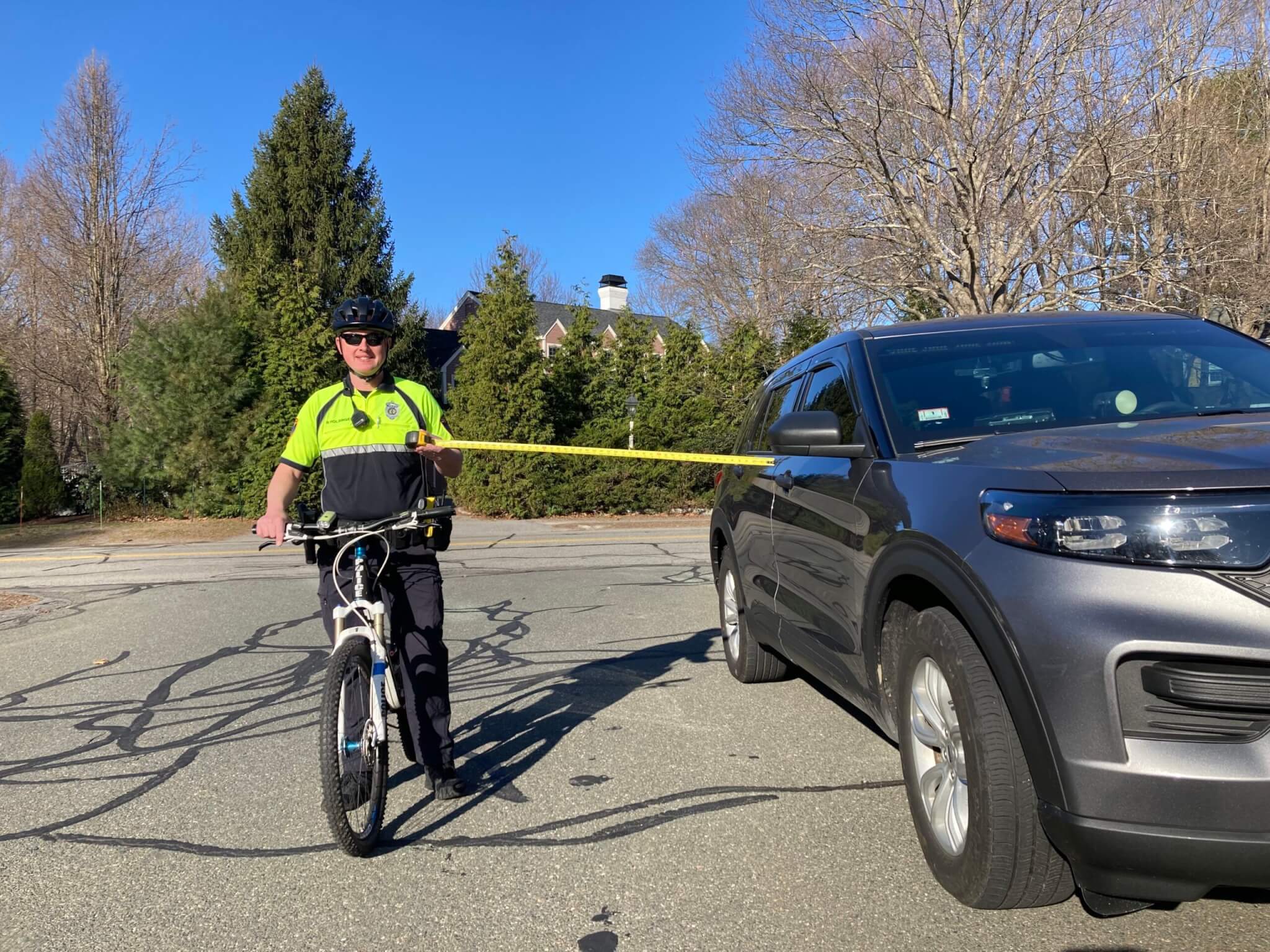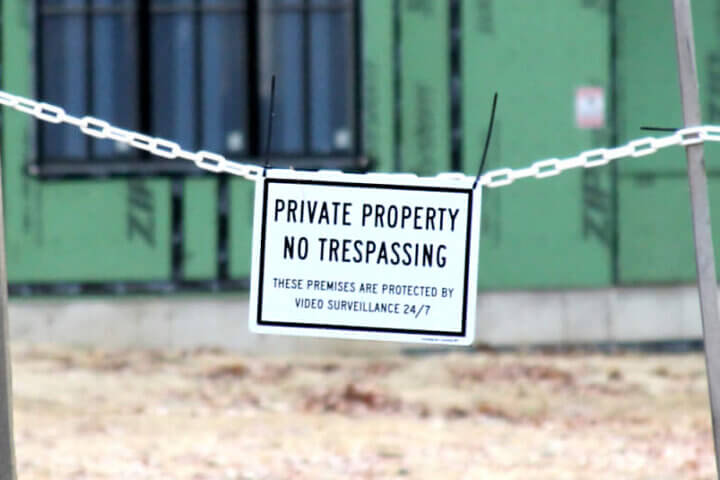By Richard Fahlander
Correspondent
In an effort to improve roadway safety, a new state law requires that motorists provide a “safe passing distance” of at least four feet when passing vulnerable road users. Vulnerable users include: people walking and biking; roadside workers; people using wheelchairs, scooters, skateboards, roller skates and other micro mobility devices; horse-drawn carriages; and farm equipment.
Concord Police safety officer Ron Holsinger applauds the intent of the law while noting that it will be difficult to enforce. A motorist could be cited and fined up to $250 if an officer observes unsafe passing and could be charged more if a pedestrian or bicyclist was struck by a motor vehicle. A pedestrian or bicyclist could also submit a complaint to the police department with visual evidence of unsafe passing.
Police Lt. Brian Goldman appreciates the increased attention on pedestrian and bicyclist safety, but knows that laws are not a complete solution.
“Sometimes it really just comes down to common courtesy,” he said. “When you are driving and see someone walking their dog or riding their bike, just slow down a bit and give them plenty of space.”
Most of Concord’s main roads were not designed for motor vehicles. Former footpaths and country lanes daily host thousands of cars, pick-ups. and trucks. Especially for people on bikes navigating safe passage can be a daunting task. It’s a delicate dance that tests the patience of people behind the wheel and the persistence of people pushing the pedals.
On narrow roadways, motorists are explicitly allowed to cross a double-yellow line in order to pass a bike rider “when it is safe to do so and adhering to the roadway speed limit,” said Holsinger, pointed out that rather than “gunning it,” a driver should slow down until it’s safe to pass.
A bit more confusion arrives in business districts where it’s not possible to maintain the four-foot separation. In such instances bike riders are permitted to ride to the right and motorists would not be cited. However, squeezing through the narrow space between a moving vehicle and parked cars runs the risk of being “doored” by a driver exiting a car. Another option in congested areas is for bike riders to take the full travel lane, which is permitted by state law. Holsinger said that in business districts with slow speed limits bike riders are not likely to impede traffic while using a full lane.
Advocates like the Massachusetts Bicycle Coalition applaud the new law as a data driven response to an increase in both pedestrian and bicyclists injuries and fatalities. The Massachusetts Department of Transportation is required to install signage with the four-foot requirement consultation with local officials. The new law also requires that bicyclists use front and rear lights at night, clarifies the process for localities to reduce speed limits on state highways, mandates a number of safety devices for heavy trucks, and standardizes police accident reporting.






